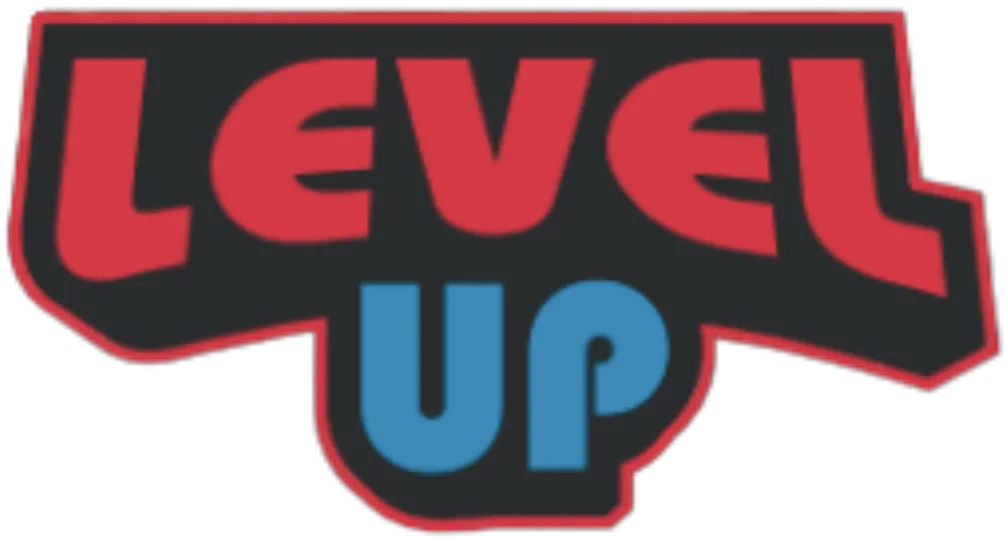
Web Accessibility for Inclusive Websites | Level Up Business
In today's digital age, having an accessible website is not just nice but a necessity. Web accessibility ensures that your site is usable by everyone, including people with disabilities. This is not only a legal requirement in many countries but also a moral obligation to create an inclusive online environment. At Level Up Business, a leading website development company in the USA, we understand the importance of accessibility. We are committed to helping businesses create inclusive digital experiences through our custom website development services.
Understanding Web Accessibility
What is Web Accessibility?
Web accessibility refers to the design and development of websites, tools, and technologies so that people with disabilities can use them. This includes those with visual, auditory, motor, and cognitive impairments. An accessible website allows users to perceive, understand, navigate, and interact with the web effectively.
Why is Web Accessibility Important?
Inclusivity and Equal Access
One of the primary reasons for ensuring web accessibility is inclusivity. The Internet is a vital resource for information, communication, and services. Making your website accessible ensures that everyone, regardless of their abilities, can access and benefit from your content.
Legal Compliance
In many regions, web accessibility is mandated by law. For instance, the Americans with Disabilities Act (ADA) in the USA requires businesses to make their websites accessible. Failure to comply can result in legal consequences, including lawsuits and fines.
Enhanced User Experience
Accessible websites tend to offer a better user experience for all visitors. Features that enhance accessibility, such as clear navigation and readable text, benefit everyone, not just those with disabilities. This can lead to increased user satisfaction and engagement.
Key Principles of Web Accessibility
Perceivable
Information and user interface components must be presented to users in ways they can perceive. This includes providing text alternatives for non-text content, such as images and videos, and ensuring content is adaptable to different formats.
Text Alternatives
Provide alt text for images, transcripts for audio, and captions for videos. This helps screen readers and other assistive technologies interpret the content.
Adaptable Content
Ensure that content can be presented in different ways without losing meaning. For example, use HTML headings and ARIA (Accessible Rich Internet Applications) landmarks to define the structure of your content clearly.
Operable
User interface components and navigation must be operable. This means all users should be able to navigate and interact with your site using various input methods, such as a keyboard, mouse, or voice commands.
Keyboard Accessibility
Ensure that all interactive elements, such as links and form fields, are accessible via keyboard navigation. This is crucial for users who cannot use a mouse.
Navigation Aids
Provide clear and consistent navigation aids, such as menus and breadcrumbs, to help users find their way around your site.
Understandable
Information and the operation of the user interface must be understandable. This involves using clear and simple language, providing instructions and feedback, and ensuring predictable behavior.
Clear Language
Use plain language and avoid jargon to make your content easier to understand. Provide definitions for complex terms if necessary.
Form Instructions and Feedback
Offer clear instructions for filling out forms and provide immediate feedback for errors. This helps users complete tasks successfully without frustration.
Robust
Content must be robust enough to be interpreted by a wide variety of user agents, including assistive technologies. This involves using standard coding practices and keeping up with technological advancements.
Compatible Code
Use clean, semantic HTML and CSS to ensure compatibility with different browsers and assistive technologies. Regularly validate your code to catch and fix errors.
Regular Updates
Keep your website up-to-date with the latest accessibility standards and best practices. This ensures ongoing compatibility and usability.
Implementing Web Accessibility
Conducting an Accessibility Audit
The first step towards making your website accessible is to conduct a thorough audit. This involves evaluating your site against established accessibility guidelines, such as the Web Content Accessibility Guidelines (WCAG). At Level Up Business, we offer comprehensive accessibility audits as part of our custom website development services.
Automated Tools
Use automated tools like WAVE or Axe to identify common accessibility issues. These tools can quickly scan your site and provide a list of potential problems.
Manual Testing
Automated tools are helpful, but they can't catch everything. Conduct manual testing to identify issues that require human judgment, such as the clarity of content and the usability of navigation.
Making Necessary Changes
Once you've identified accessibility issues, the next step is to implement the necessary changes. This might involve updating your site's code, redesigning elements, or adding new features to enhance accessibility.
Updating Code
Ensure your HTML is semantic and uses appropriate ARIA roles to define the structure and purpose of elements. This helps screen readers and other assistive technologies interpret your content correctly.
Redesigning Elements
Redesign elements that are not accessible, such as buttons that are too small to click or color schemes that lack sufficient contrast. Use accessible design principles to guide your redesign efforts.
Ongoing Maintenance
Accessibility is not a one-time effort but an ongoing commitment. Regularly review and update your site to ensure it remains accessible as standards evolve and new content is added.
Regular Audits
Schedule regular accessibility audits to catch and fix new issues. This ensures your site remains compliant and usable for all visitors.
Training and Awareness
Educate your team about web accessibility and best practices. This helps ensure that new content and features are developed with accessibility in mind.
The Role of Level Up Business
Expertise in Accessibility
At Level Up Business, we specialize in creating accessible websites that cater to all users. Our team of experts is well-versed in the latest accessibility standards and best practices. We provide tailored solutions to meet the unique needs of your business and your audience.
Comprehensive Services
Our custom website development services include everything from initial accessibility audits to the implementation of accessibility features and ongoing maintenance. We take a holistic approach to ensure your website is not only compliant but also user-friendly and engaging.
Commitment to Excellence
As a leading website development company in the USA, we are committed to excellence in all aspects of our work. Our goal is to help you create an inclusive online presence that enhances your brand and expands your reach.
Conclusion
Web accessibility is crucial for creating an inclusive internet where everyone can participate fully. By ensuring your website is accessible, you not only comply with legal requirements but also provide a better user experience for all visitors. At Level Up Business, we are dedicated to helping you achieve these goals through our expert custom website development services.
Investing in web accessibility is an investment in your brand's future. It shows that you care about all users and are committed to providing equal access to your content. Let us help you create a more inclusive web. Contact Level Up Business today to learn more about our services and how we can assist you in making your website accessible to all.



